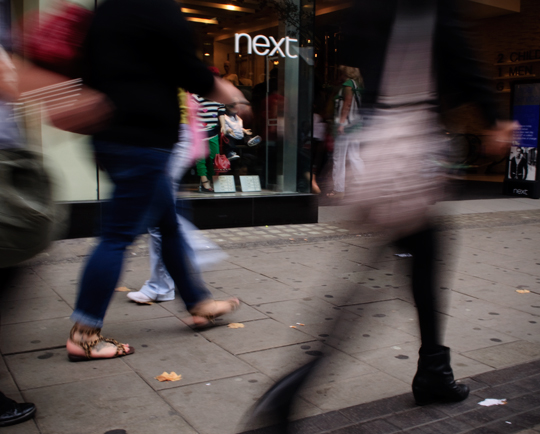Credit Cards & Loans
Consumers spend big on lower prices

Retail sales in October 2014 rose 4.3 per cent over the same period last year, the nineteenth period of consecutive year-on-year growth. Consumers were lured by lower prices.
On the month the quantity of goods bought increased by 0.8 per cent compared with September 2014. There was growth in all sectors, except non-store retailing. Clothing stores showed growth of 0.5 per cent, but did not compensate for the 5.9% fall in September.
Average store prices fell by 1.5 per cent in October 2014 compared with October 2013. This was the largest fall since December 2002 when prices also fell by 1.5 per cent. Once again the largest contribution to the year-on-year fall came from petrol stations where petrol/diesel prices were at their lowest level since the end of 2010.
Surprisingly, the proportion of sales made online fell by 0.1 per cent to account for 11.2 per cent of all sales in October 2014. Online sales increased by 7.5 per cent compared with October 2013, this was the lowest year-on-year increase since November 2012 (6.9 per cent).
Jeremy Cook, chief economist at the international payments company, World First, said: “Retailers are cutting prices and consumers are thanking them for it. Prices in every category of goods measured in this release fell for the first time since 2002. Retail sales are a volume measurement – not one of value – and therefore in the current period of disinflation, it is almost a certainty that they would be looking strong. Obviously on a value basis, that does not apply and we are expecting to see retailers warn about margins in their Q3/4 earnings releases.
“Unfortunately moving forward, while there is a case to be made for a good Christmas for consumers – with sales discounts likely to open earlier and be deeper than years before – the outlook for the high street as a whole is not a good one. Until real wages start improving – something that we see happening late in Q1 of next year – the recovery of both consumers and retailers cannot be guaranteed.”